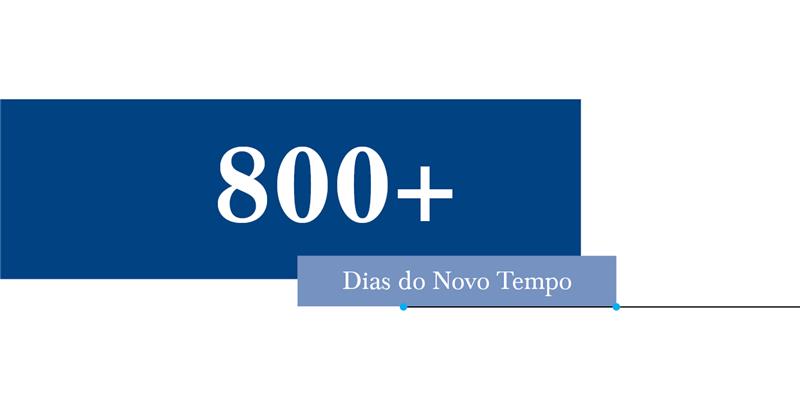Getting to know the territory in its connections
June 29, 2017 01h48 PM | Last Updated: July 18, 2017 04h06 PM
Construction of geographic knowledge aimed at recent transformations in the dynamics of municipalities: the new Regional Division of Brazil, released today by the IBGE, updates the view on the territory in order to provide material for the management of public policies, and also for the dissemination of statistical and geoscientific data for the next ten years.
The objective of the Regional Division of Brazil into Immediate and Intermediate Geographic Areas 2017 is to help promote understanding about the territory division of Brazil, as it is separated into smaller but more coherent parts, always respecting state boundaries. In this respect, cities are seen as starting points to organize the territory and the way several factors interact: the flow of services, information, consumption and other factors related to the division.
“We thought using the urban networks would be the best way to represent the entire country”, says Felipe Mazur, geographer at the IBGE. He explains that from a given database it is possible to aggregate municipalities of a single area around at least one central municipality: “The municipalities around, being smaller and having less infrastructure, fewer equipment, fewer shops, are attracted to other municipalities”.
The updated regional division is still working at two scales, with new names now. The nomenclature mesorregions and microrregions, used since the 1990’s, has been replaced by Intermediate and Immediate Geographic Areas, defined after studies on the configuration of the local urban network. Immediate Geographic Areas correspond to areas which use close urban centers to fulfill immediate needs such as employment, health, education, purchase of consumer goods and rendering of public services. Intermediate Geographic Areas organize the Immediate ones in the territory from an area which offers more complexes services such as specialized medical services or major universities.
Cláudio Stenner, coordinator of the project, says that “the more complex the function, supposedly bigger the movement of persons towards that service, because it is not an everyday option”. The Immediate Geographic Area is an everyday one. The Intermediate Area provides more complex services, usually occasional ones, and also shows some other levels of connections in the city, not only from the perspective of management, but of commuting and consumption as well”.
The need of a new look upon the Brazilian territory is observed as cities change ad are reorganized. The state of Mato Grosso, for instance, was very little populated in the 1980’s, but as time went by became the main producer of soybeans, corn and cotton in the country, and contributed to the rise of new centers like Sinoper, Sorriso and Primavera do Leste, which were not significant until that moment. “Then came a new network, with unprecedented economic activity, and a new form of territory occupation. So now there are new regions previously unidentified because they did not exist. All this dynamics of the economy and of circulation was inexistent, but we can see it now, adds Stenner.
According to the regionalization manager of this Project, Cayo Franco, disseminating statistics in a universe that reflects people’s reality helps promote effective public policies. “For example, a municipality within the São José dos Campos area can be much more in tune with São Paulo, and use services in that city. That makes a difference. So, fine-tuning the boundaries was an important step” he says.
Besides identifying new territory connections, the IBGE’s proposal is to update the record every 10 years, in order to include all the recently-found dynamics and help in the dissemination of statistical data, as emphasized by Felipe Mazur: “The area selection is an ever-present preoccupation when it comes to regional division. The idea is to promote a revision in decennial cycles, so that legislators, ministries and those who plan public policies can be sure that subdivision will be revised in ten year’s time”.
Text by: Marília Loschi e Diane Ferreira (intern)
Image: Helena Pontes
Photo: FreeImages.com/Joshua Davis



















